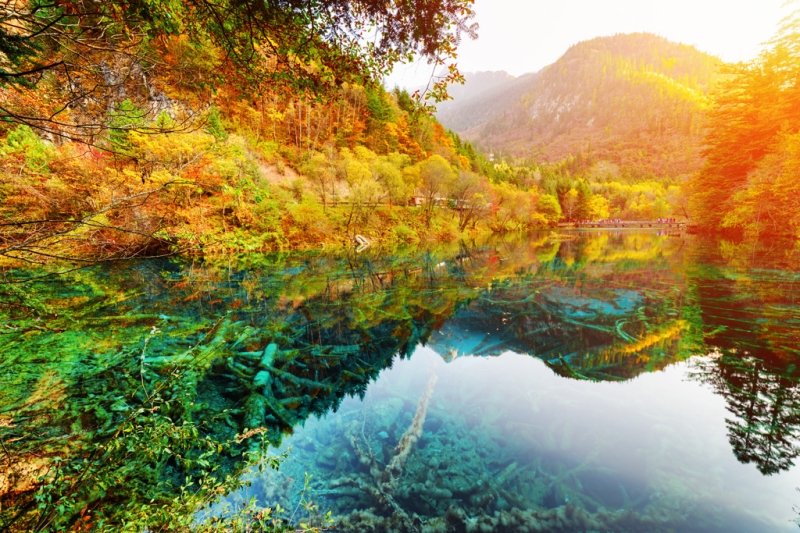
In China, the division of the country into provinces and districts is not just an administrative convention, but rather a cultural and historical pattern. Due to the huge size of the state and the heterogeneity of the population, from its very formation China was divided into several regions, and the modern boundaries of the provinces were determined almost a thousand years ago and have remained virtually unchanged since then. In fact, each Chinese province is a separate state with its own characteristics, culture, traditions and sometimes even its own language. Ultra-modern Hong Kong, tropical Yunnan, imperial Beijing – they are all interesting in their own way and completely different from each other. One of the most attractive provinces for tourism in China can be called Sichuan (on the map),
which is known to Europeans primarily as the gateway to Tibet, and to the Chinese as the birthplace of Chinese opera and the habitat of the giant panda. But the main thing that attracts travelers from all over the world here is, of course, the amazing nature.
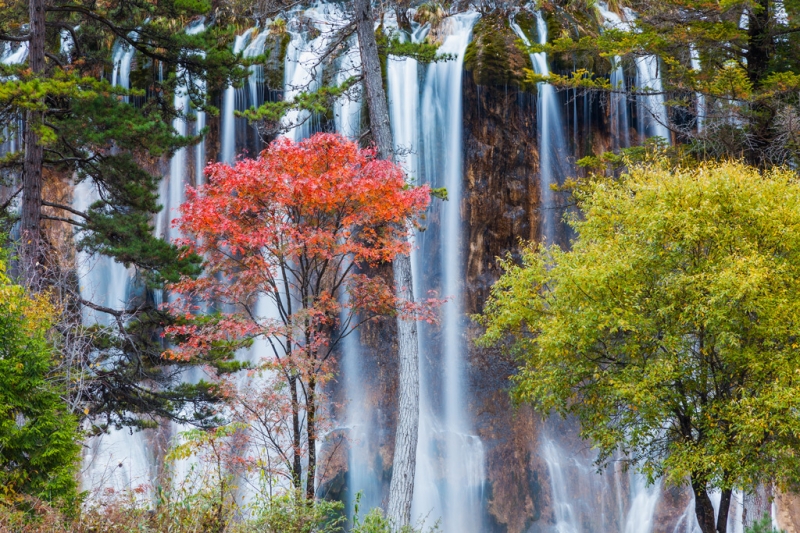
Sichuan is a large province even by Chinese standards, with about 80 million people living in an area of almost 5,000 square kilometers. Due to its specific geographical location – most of the province is located in a deep basin surrounded by mountains – Sichuan landscapes are strikingly diverse. The humid subtropics and bamboo forests of the south and center of the province give way in the west to the fields of the Tibetan foothills, and in the northeast to picturesque alpine meadows. In total, Sichuan has more than ten national parks and conservation areas; two of them, Jiuzhaigou and Huanglong, are recognized by UNESCO as natural sites of outstanding value.
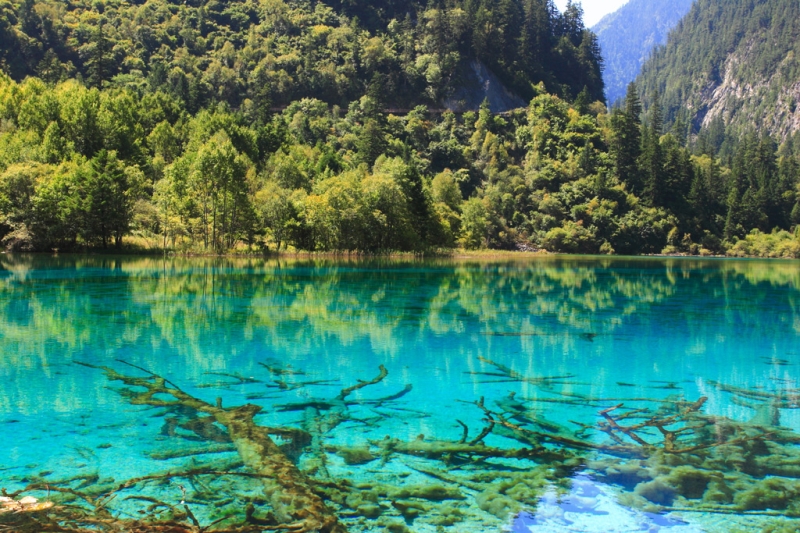
Located in the north of Jiuzhaigou province, it is known for its clear lakes, relict forests and multi-level waterfalls. The park is open to tourists all year round, but the best time to visit is October – the snow-capped mountains and bright lakes look especially impressive against the backdrop of autumn foliage. Today, this is one of the few protected areas in China where hiking with tents is allowed (only with an authorized guide, of course). The park is equipped with convenient hiking trails, so a long hike will not be a problem even for people with a low level of physical fitness. But if you are not ready to wander on foot for several days, it doesn’t matter; buses regularly run on several routes in Jiuzhaigou. The most beautiful places, including the park’s calling card – a lake, the bottom of which is covered with crossed tree trunks, are located in the Rhijie Valley. To explore the valley, the most convenient way is to take a bus at the entrance to the park and go to the end of the route in the northeast, and from there go down on foot.
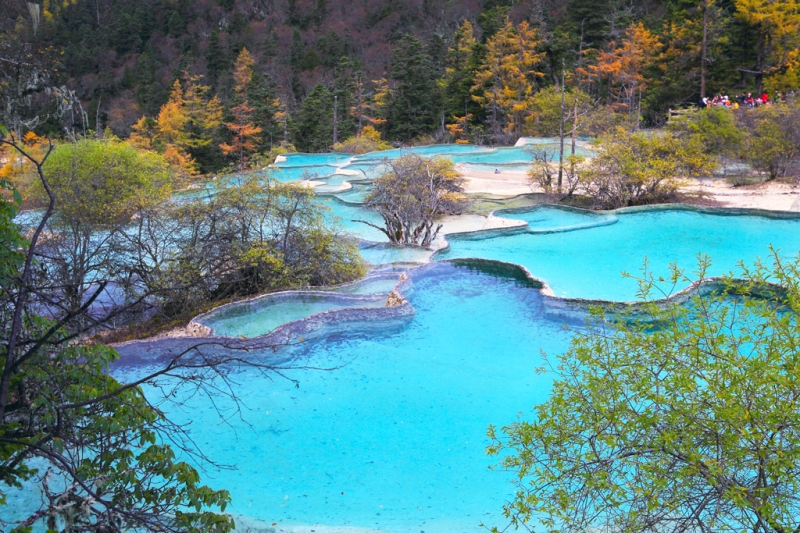
120 kilometers from Jiuzhaigou there is another attraction of world significance – the Huanglong Nature Conservation Area. The travertine terraces and bright blue lakes of Huanglong are an even more unusual sight than the picturesque landscapes of Jiuzhaigou. This park occupies a much smaller area and half a day is enough to explore it. You can get from one park to another by bus (or taxi) in two to three hours.
The easiest way to get to both parks is from the provincial capital, Chengdu, by bus (the journey takes ten hours) or by plane to Jiuzhaigou Airport in Songpan. Keep in mind that in the Jiuzhaigou Park area the choice of hotels is much richer and they themselves are of a higher class than the guesthouses near Huanglong.
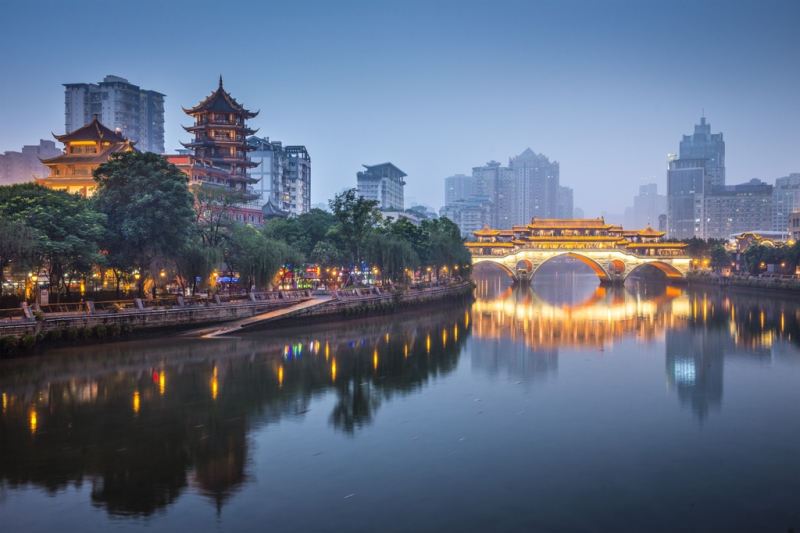
Unfortunately, the capital of Sichuan was heavily damaged during the 2008 earthquake. Thousands of houses and hundreds of old quarters of Chengdu were destroyed, and in their place skyscrapers and modern shopping centers rose, making the Sichuan capital similar to other Chinese cities. But still, green parks, excellent restaurants serving the spiciest dishes in China, and relaxed tea houses still retain the atmosphere of the cozy old city that Chengdu has always been.
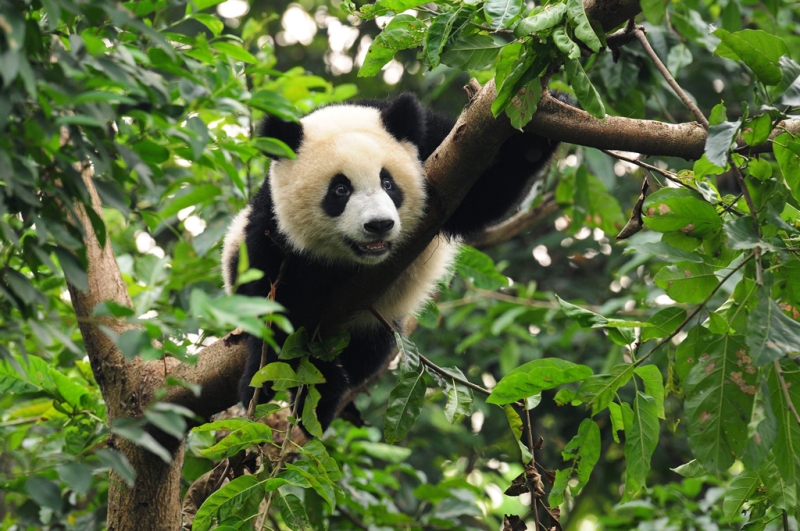
The main attraction of the Sichuan capital (aside from its outstanding cuisine) is the panda reserve, located 18 kilometers from the city center. Here, in conditions as close as possible to natural ones, about 50 giant and red pandas are kept.
But true fans of black and white bears should head to Bifengxia National Park. On its territory there is a center for the study of pandas, where there are about 100 animals. Be prepared for a lot of walking – the panda enclosures are located several kilometers from the ticket office. You can get to Bifengxia from Chengdu by bus.
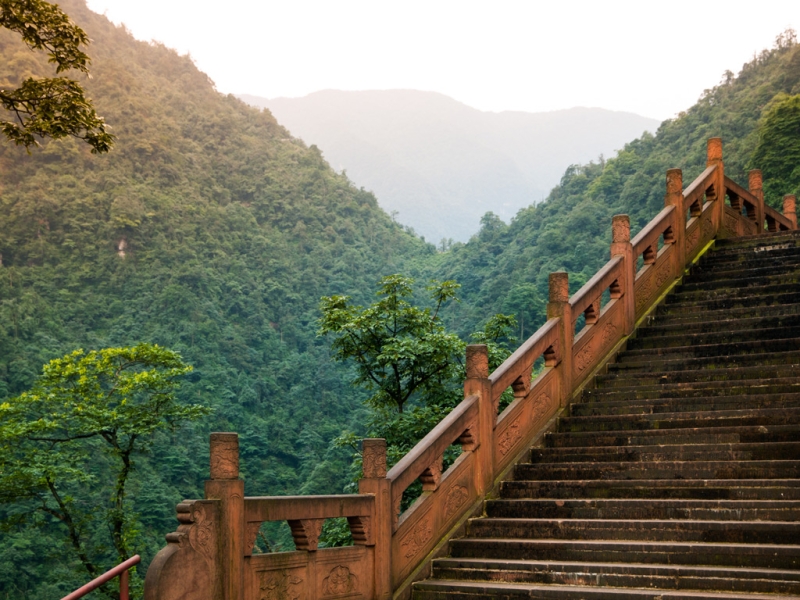
There are a lot of Buddhist monasteries and shrines in Sichuan. Here is one of the main sacred mountains of China, Emeishan. It is believed that the first monastery on its slope was built more than 20 centuries ago, in the first century. But, alas, most of the original buildings on the mountain were destroyed during the Cultural Revolution.
See also: How to get to the Shaolin Monastery
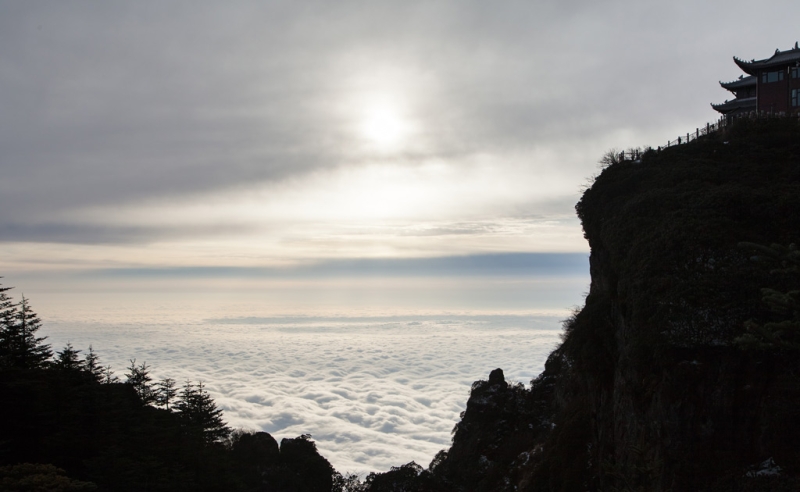
The oldest surviving building on Mount Emei, the brick hall of Wanyang Temple, dates back to the ninth century. There are several ways to get to the top of the sacred mountain – by bus, on foot, or by combining these travel options. On some sections of the route you can use the cable car. There are numerous hotels and guesthouses both at the top and halfway up the summit, but if you want to really experience the energy of the place, try to arrange an overnight stay at one of the many monasteries along the way.
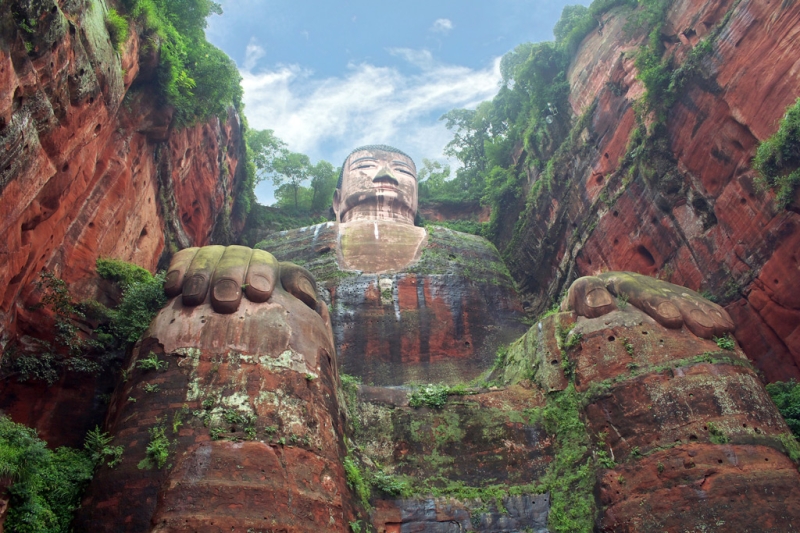
The oldest Buddhist monument in Sichuan is the rock-cut Buddha statue in Leshan. Work on the statue began in 713 and continued for almost 100 years. The height of the figure is 71 meters, making it the tallest Buddha image in the world. The face of Buddha is turned to the sacred Mount Emei, and his feet rest against the river. For many centuries, the large Leshan Buddha has served as a place of pilgrimage for Chinese and Tibetan Buddhists.
You remember that it’s best to buy travel in a “package”

You may be interested in:
Chongqing and the surrounding area: what to see in the main city of Southern China?
13 amazing places on Earth that you want to visit at least once
Terracotta Army of the Chinese Emperor

